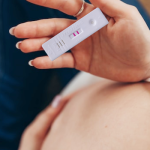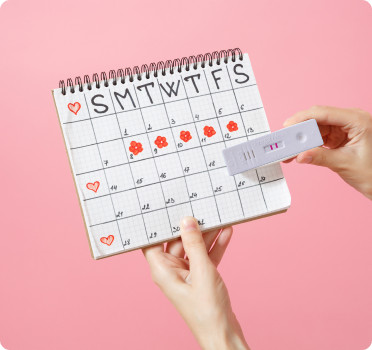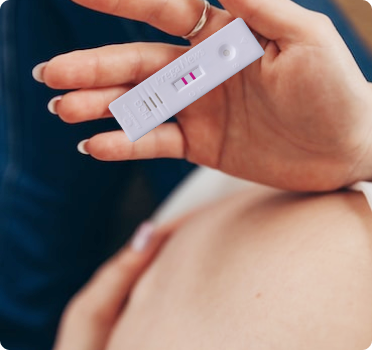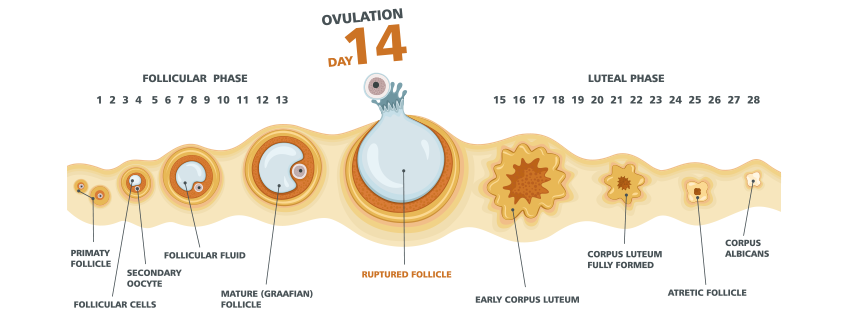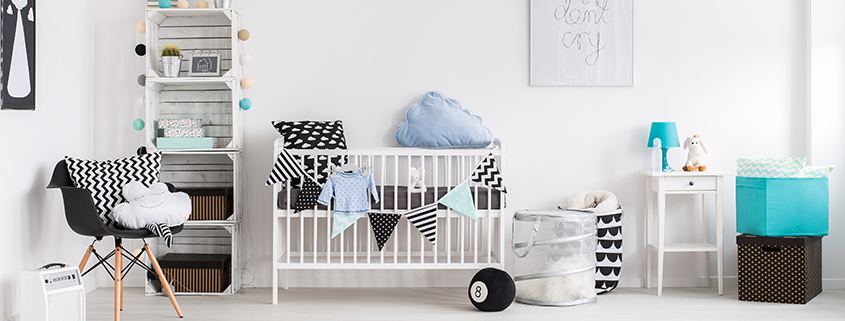Home Pregnancy Test
If you believe in Google diagnosis then, Early pregnancy symptoms can be very confusing. Look it up, the list of symptoms will have nausea, mood swings, cramps and back pain; which is typically same as what women feel during the onset of their periods as well.
So, that is not something you can put your 100% faith in, which leaves women with one and the only solution i.e. taking a pregnancy test.
Now there are a few pointers that you should know before taking an early pregnancy test which we will discuss through the course of this blog.
1. Beware of fake tests
Like any other medical test, choosing a reliable method is of utmost importance. You cannot put your trust in a home pregnancy test that has chances of giving your wrong results.
Prega News is the most reliable pregnancy detection brand in the market and you can trust it with closed eyes.
2. Expensive doesn’t mean effective
A lot of times women buy the most expensive home pregnancy kits because they assure effectiveness. Well, let us break your bubble here. Expensive doesn’t mean effective. A digital detection kit is not going to be more effective than a normal test kit and neither is the one you pay the most for.
Most pregnancy kits work on the same mechanics of detecting hCG hormone in your urine. So, it all comes down to your personal preference.
3. Timing is the key
Ladies, Timing matters here.
A pregnancy test kit will only show the correct result when it is taken at the right time. And, the right time to take a test is a day or after you miss your periods. Because that is when the level of hCG in your body is at a detectable level. Also, the hCG level is also at its peak in the morning making it the best time to take the test.
4. False negative is a thing
If you take the test too early in your cycle then, you should expect to get a false negative. As we said earlier, timing matters a lot here. Please keep this in mind when taking a home pregnancy test. If you still have doubts after the first test then, you can just take a test after a couple of days to confirm the result.
Taking a pregnancy test early in the course ensures that you have ample time to think about the further course of action. After all, pregnancy is a not a child’s play. There are a lot of things to be sorted after you receive your positive result. If you have already got a positive result in your pregnancy test then, you can explore our website to know more about pregnancy related stuff. In the meanwhile, we wish you happy motherhood!










